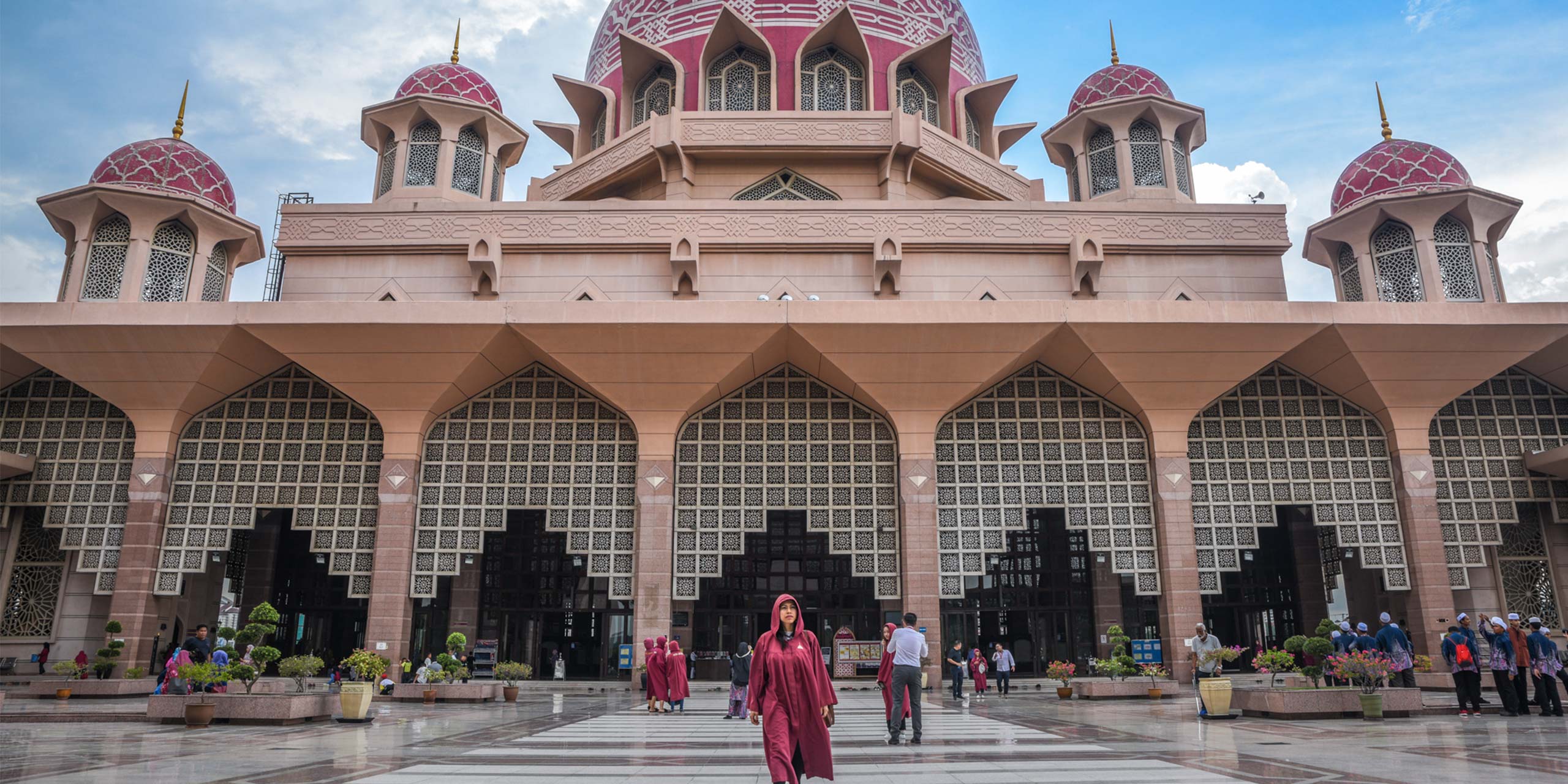
Malaysia is cloaked in extraordinary mosques. Scattered liberally throughout the country, they’re notable for their giant mosaics, towering minarets, mesmerising patterns, mighty domes, and hand-carved columns.
The grandest mosques in many Islamic countries are ancient structures, revered and preserved for centuries. Not so in Malaysia. It spent more than four centuries under colonial rule, by the Portuguese then the Dutch and British.
As a result, many of its key sites of Islamic worship were only built in the decades after it finally regained independence in 1957. Nevertheless, there’s plenty to admire throughout the land. Here are some of our favorite examples of mosque architecture.
Masjid Kampung Kling (Malacca)
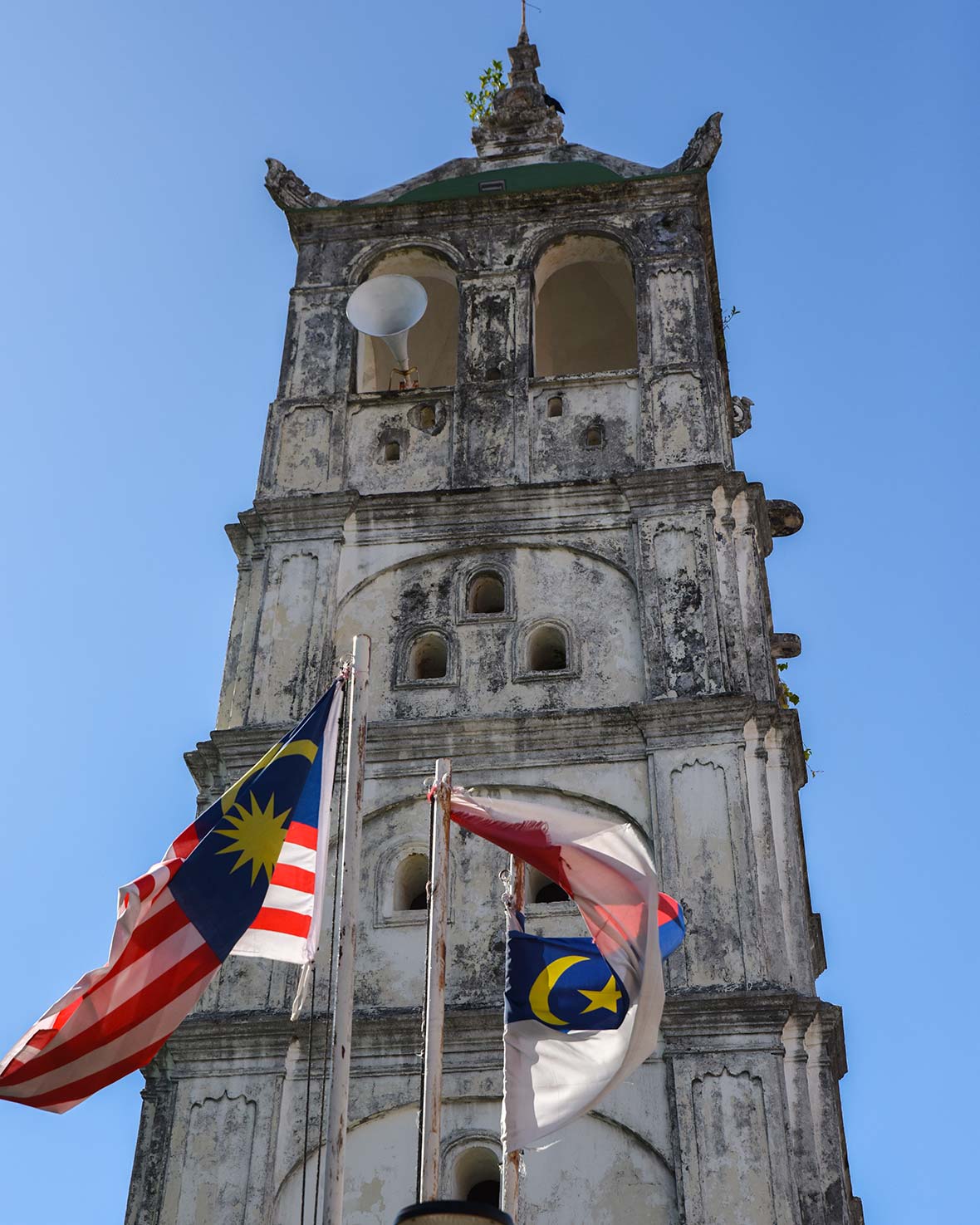
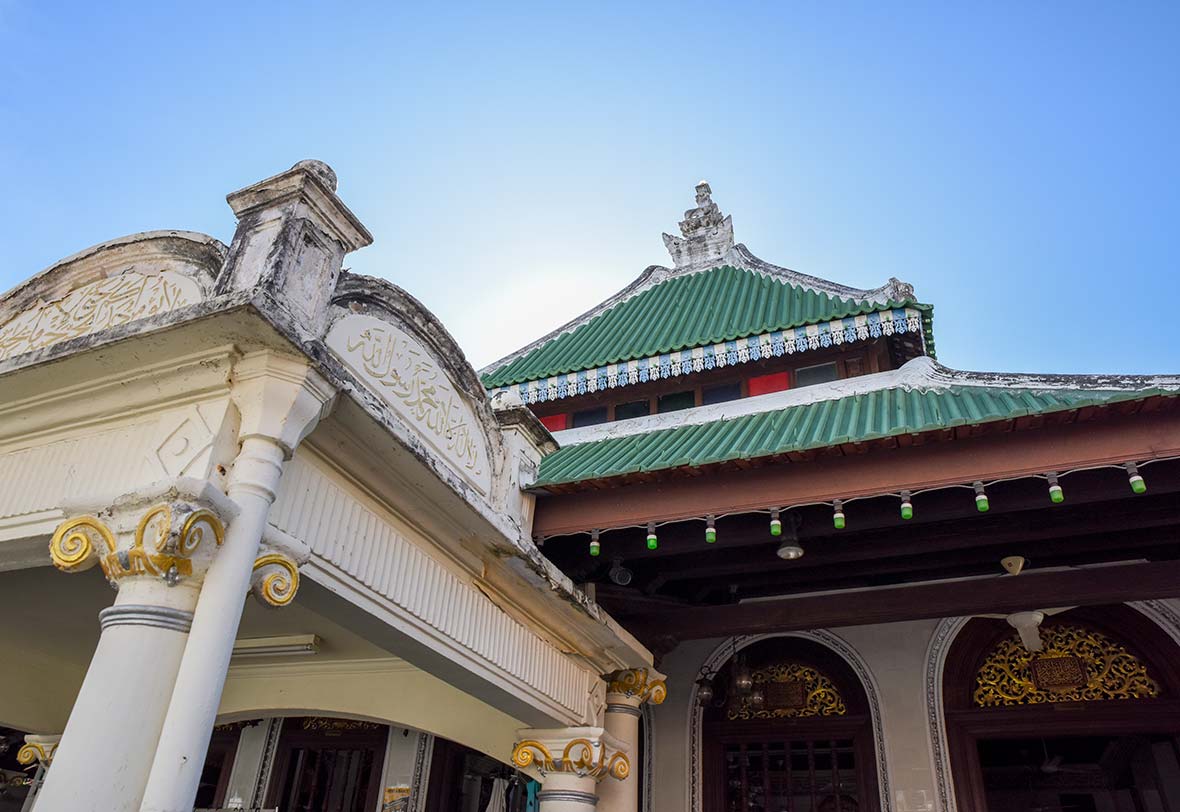
Due to its long colonial history and ancient ties to China’s Ming Dynasty, Malacca is better known for its Christian and Buddhist sites than its mosques. This picturesque city on Malaysia’s south-west coast has the country’s oldest Chinese temple, Cheng Hoon Teng, as well as Portuguese churches that date back 500 years.
But before the Portuguese seized Malacca, it was the capital of a mighty Islamic Sultanate. While no mosques remain from that era, the elegant Masjid Kampung Kling is 275 years old. Aside from such deep history, what makes this Islamic house of worship so significant is its unique blend of design elements.
Collectively, they reflect Malacca’s many influences. Masjid Kampung Kling sports a Hindu-style portico, Portuguese glazed tiles, a Victorian English chandelier, a steep roof inspired by Sumatran architecture, and a wooden pulpit with Chinese-style engravings.
National Mosque (Kuala Lumpur)
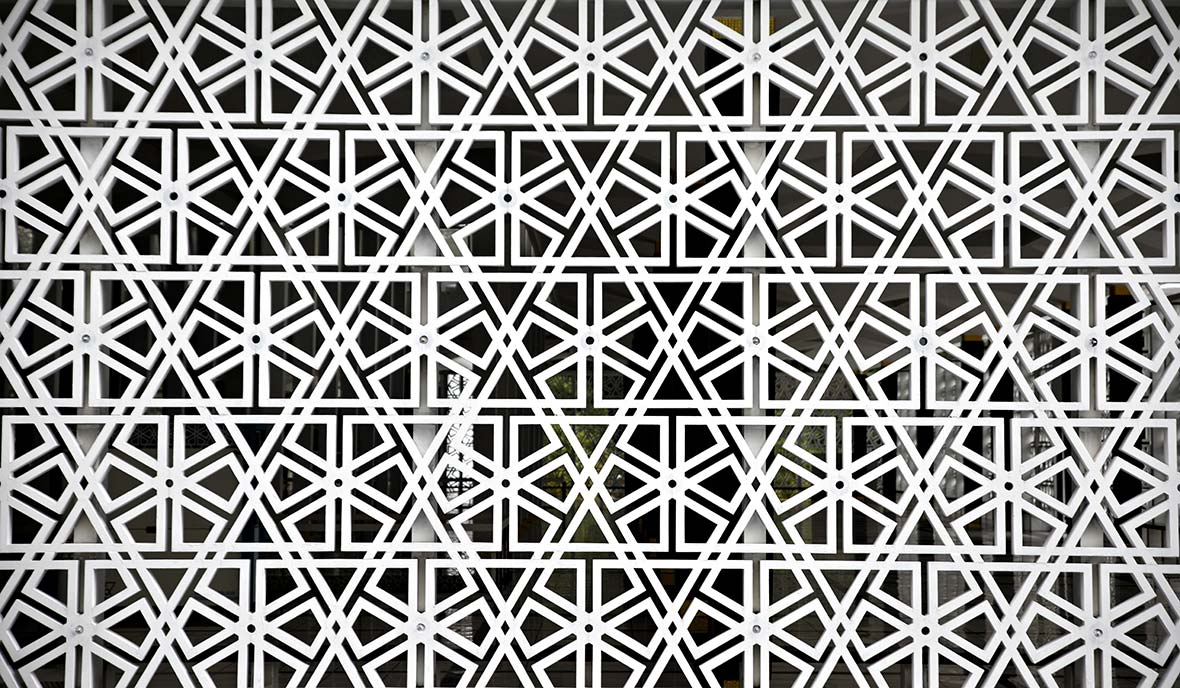
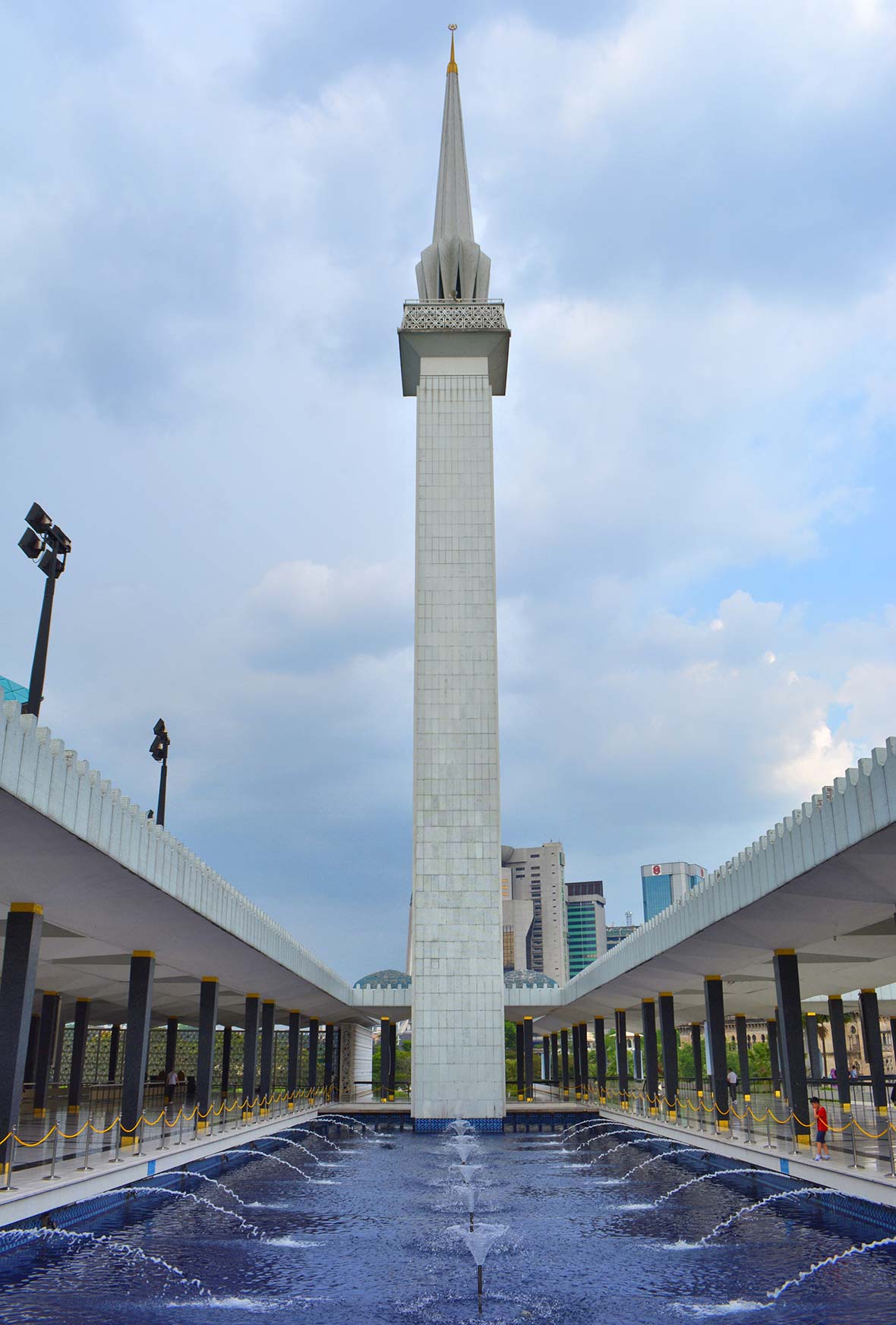
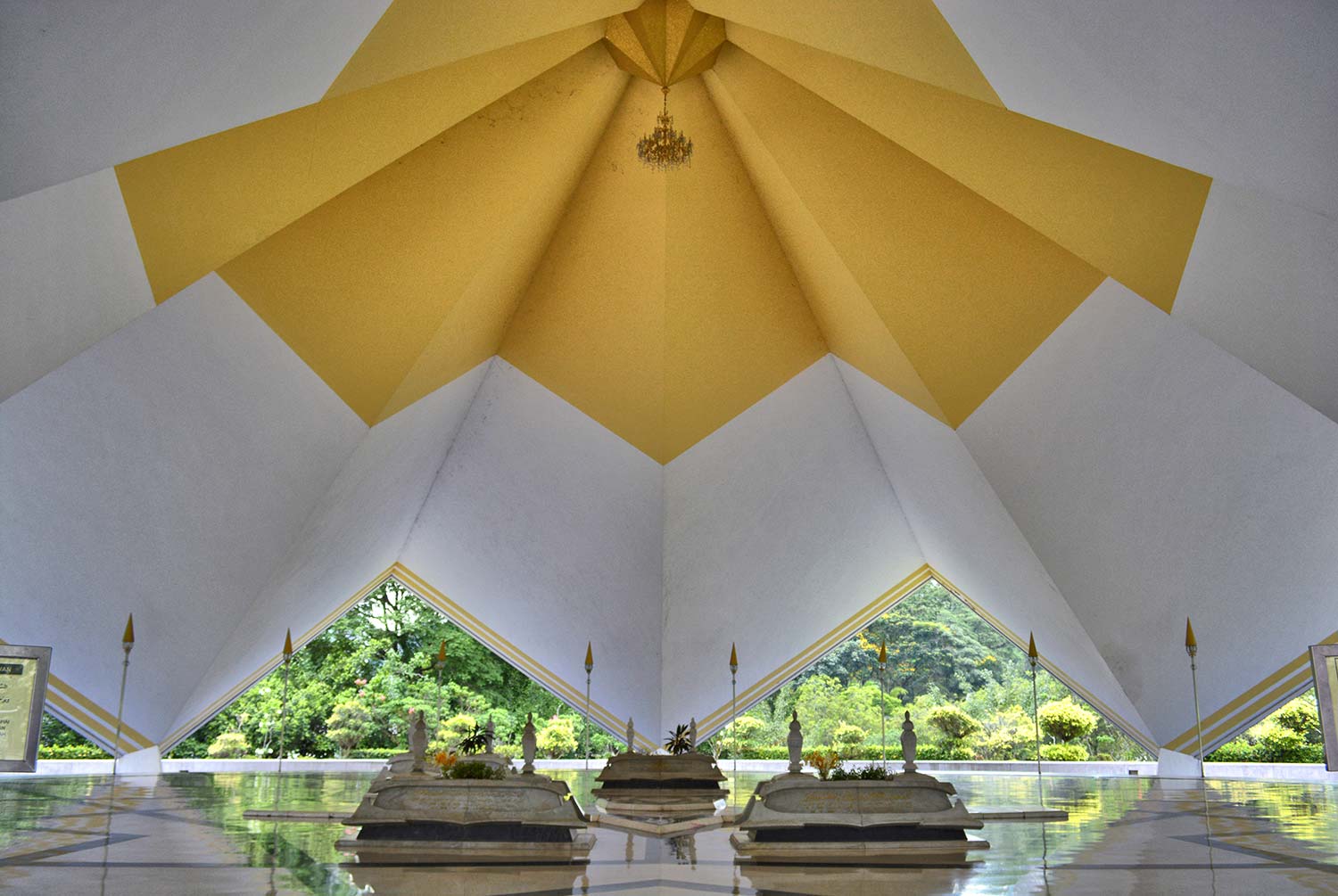
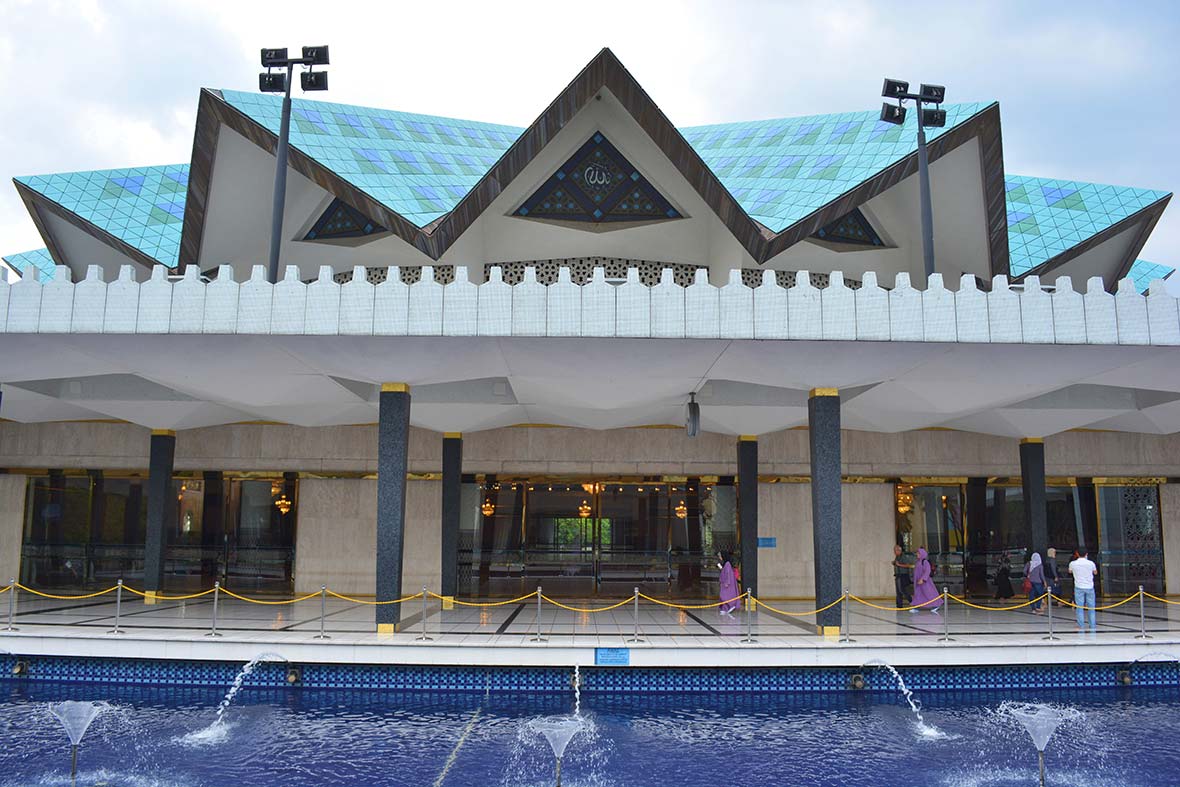
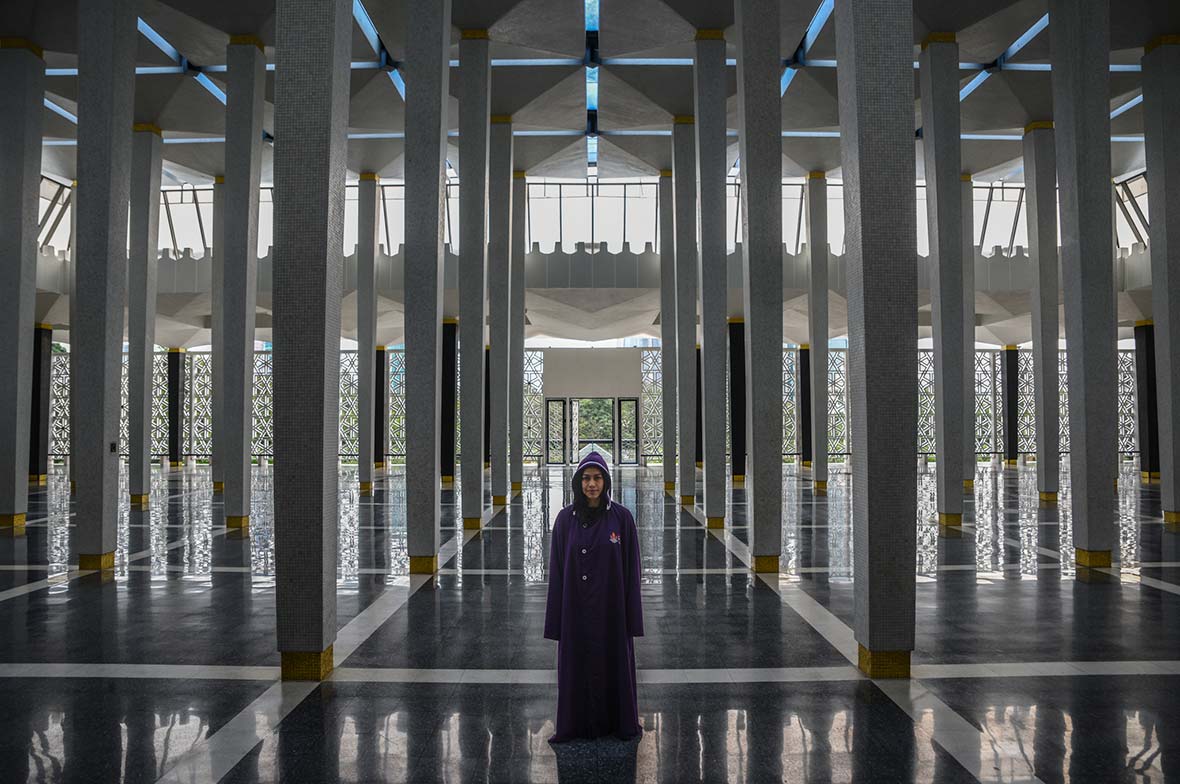
I can’t approximate how many photos I’ve taken of the National Mosque of Malaysia. Each time I return, I find a new angle, a new feature, a new shade of light that helps create striking images. It is one of the most photogenic buildings in all of Asia, owing to its potent melange of design elements from Iran, India, Spain, Turkey, Pakistan, and Saudi Arabia.
Most conspicuous is its 73m-tall minaret, erected as its focal point when the mosque was built in 1965. Beneath it is a distinctive roof, topped by a 16-point dome modelled on a Malaysian Royal parasol. That design looks equally attractive from inside the mosque’s prayer hall.
Yet my favourite vantage points are in the large, open-air spaces that flank this hall. Alongside the hall’s main entrance is a terrace decorated by a forest of pillars and backed by sunshades etched with intricate geometric patterns. Nearby is the equally memorable National Heroes Mausoleum. Its concrete roof has a striking yellow-and-white colour scheme and seven-pointed design intended to resemble a star.
Masjid Jamek (Kuala Lumpur)
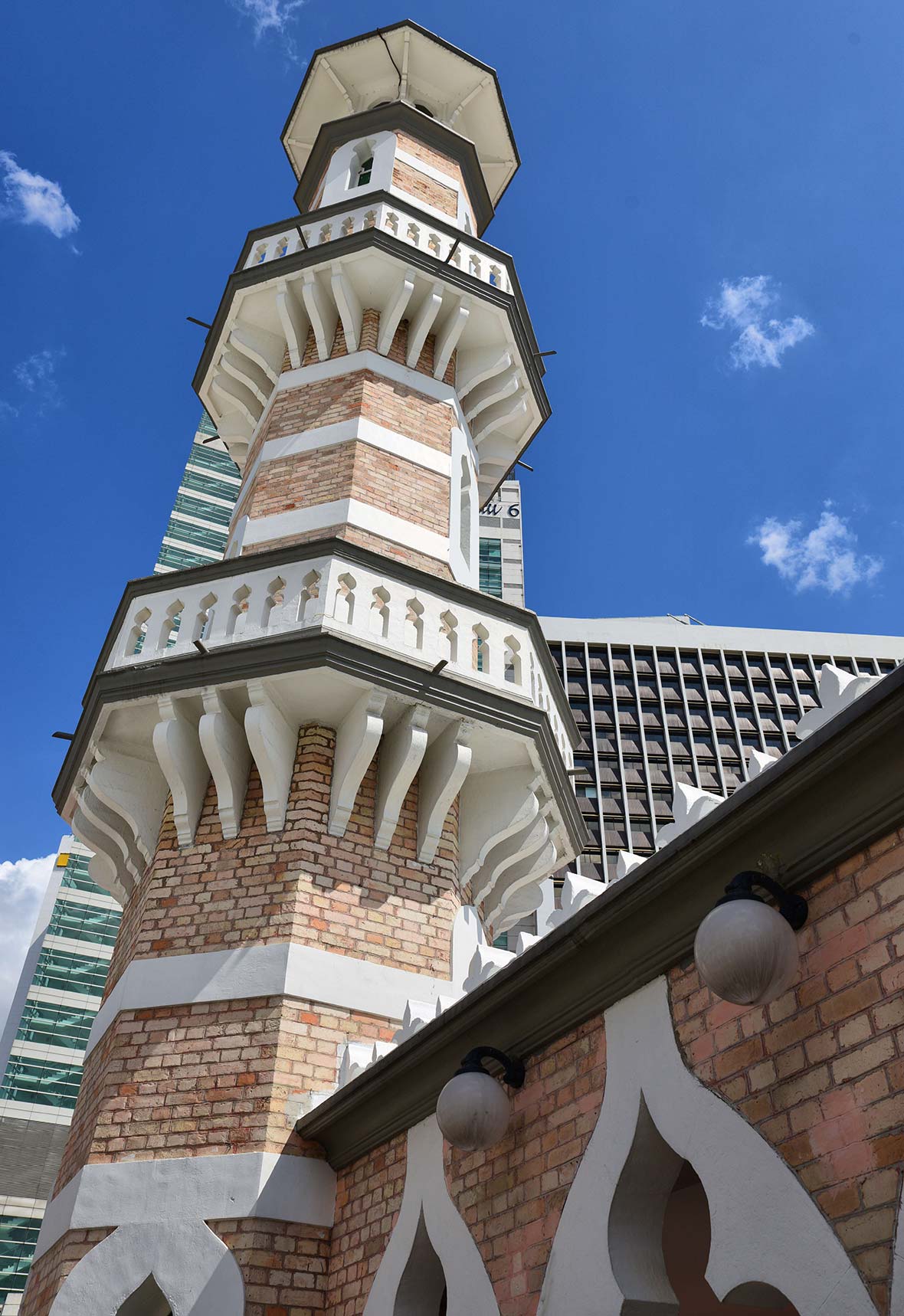
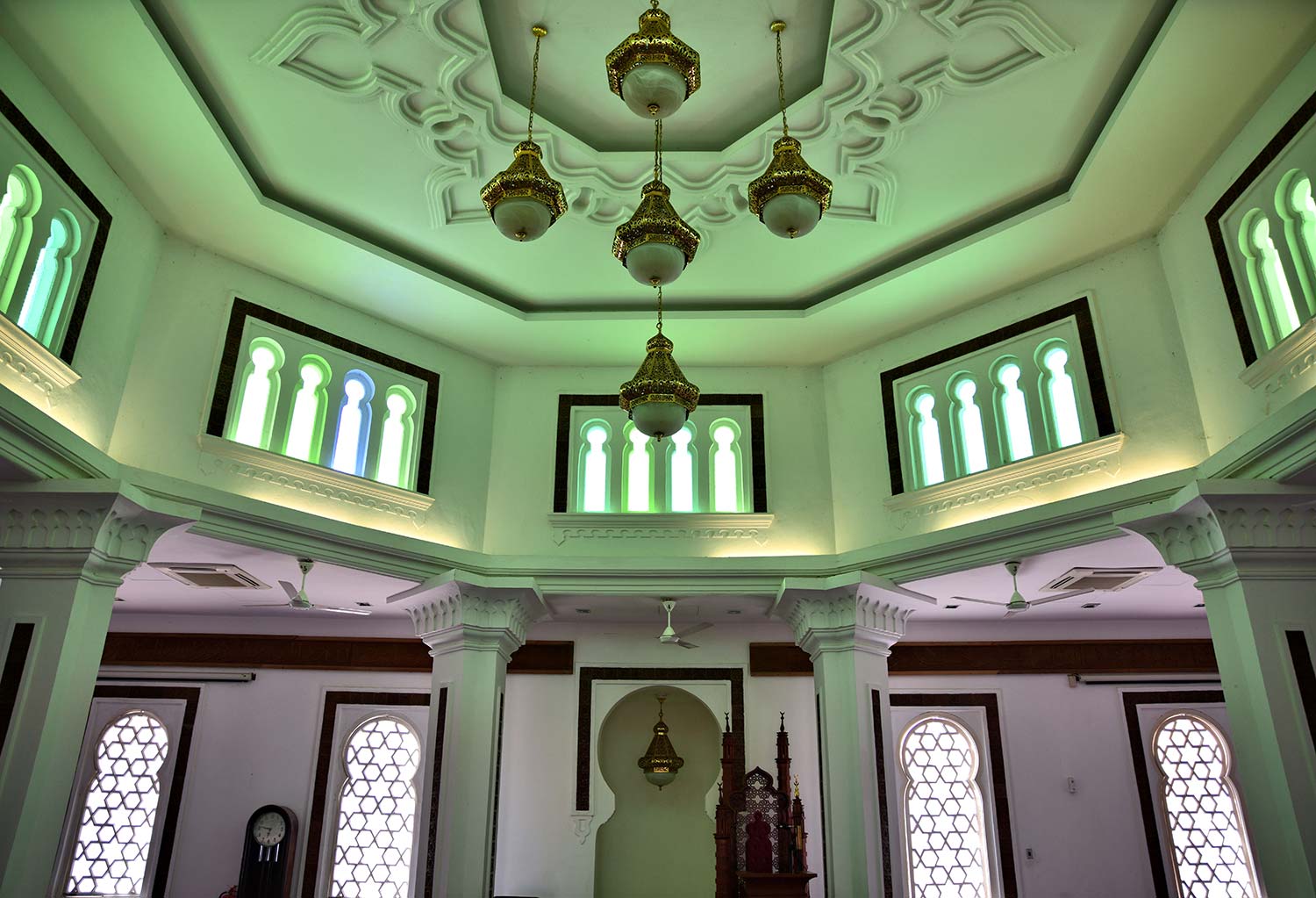
It is similarly difficult to take an uninspiring photo of the Masjid Jamek. Immediately it catches the eye with the contrast of its red bricks and whitewashed features. Then it holds your attention and, should you look long enough, may lull you into a meditative state with the pleasing symmetry of its dozens of decorative arches and columns.
Boasting a fine synthesis of Mughal and Moorish architecture, it is also embellished by attractive domes and minarets. Masjid Jamek was built in the early 1900s, making it reputedly the oldest mosque in Kuala Lumpur. It was the city’s chief Islamic house of worship prior to construction of the National Mosque.
Tuanku Mizan Zainal Abidin Mosque (Putrajaya)
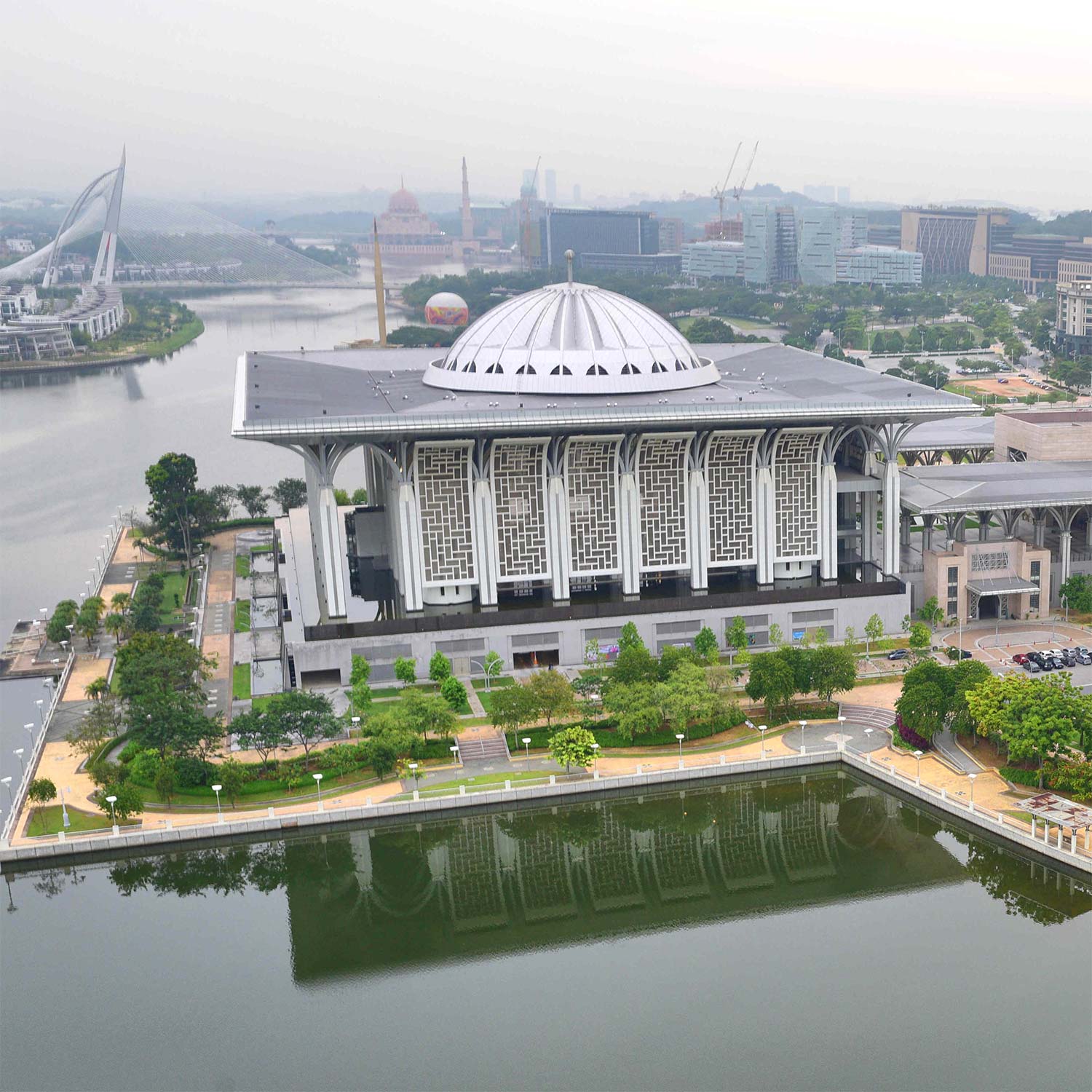
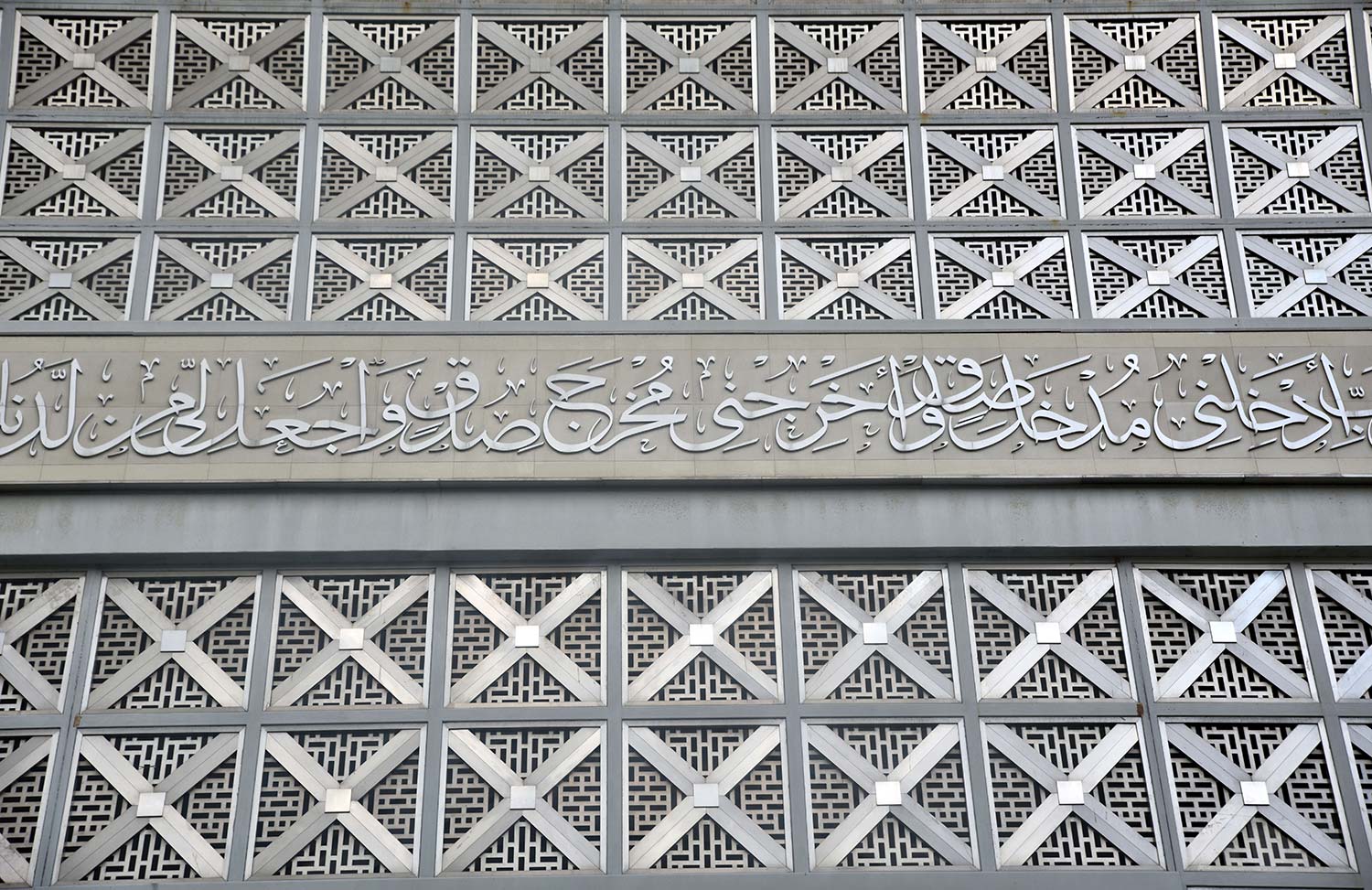
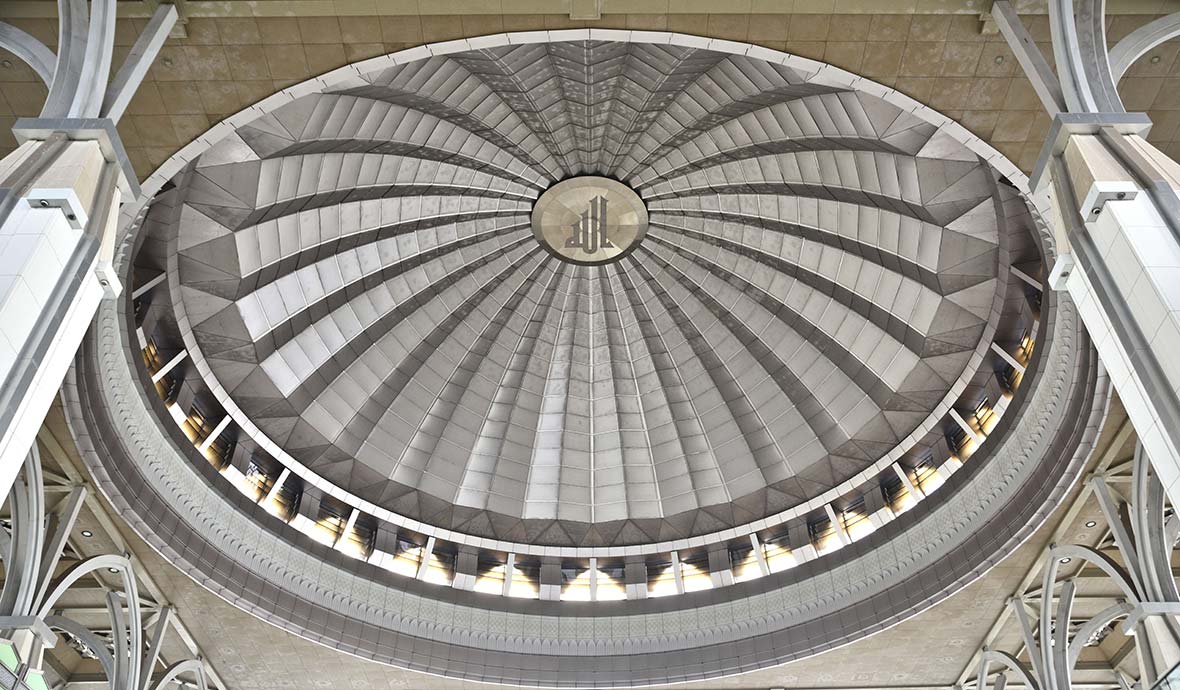
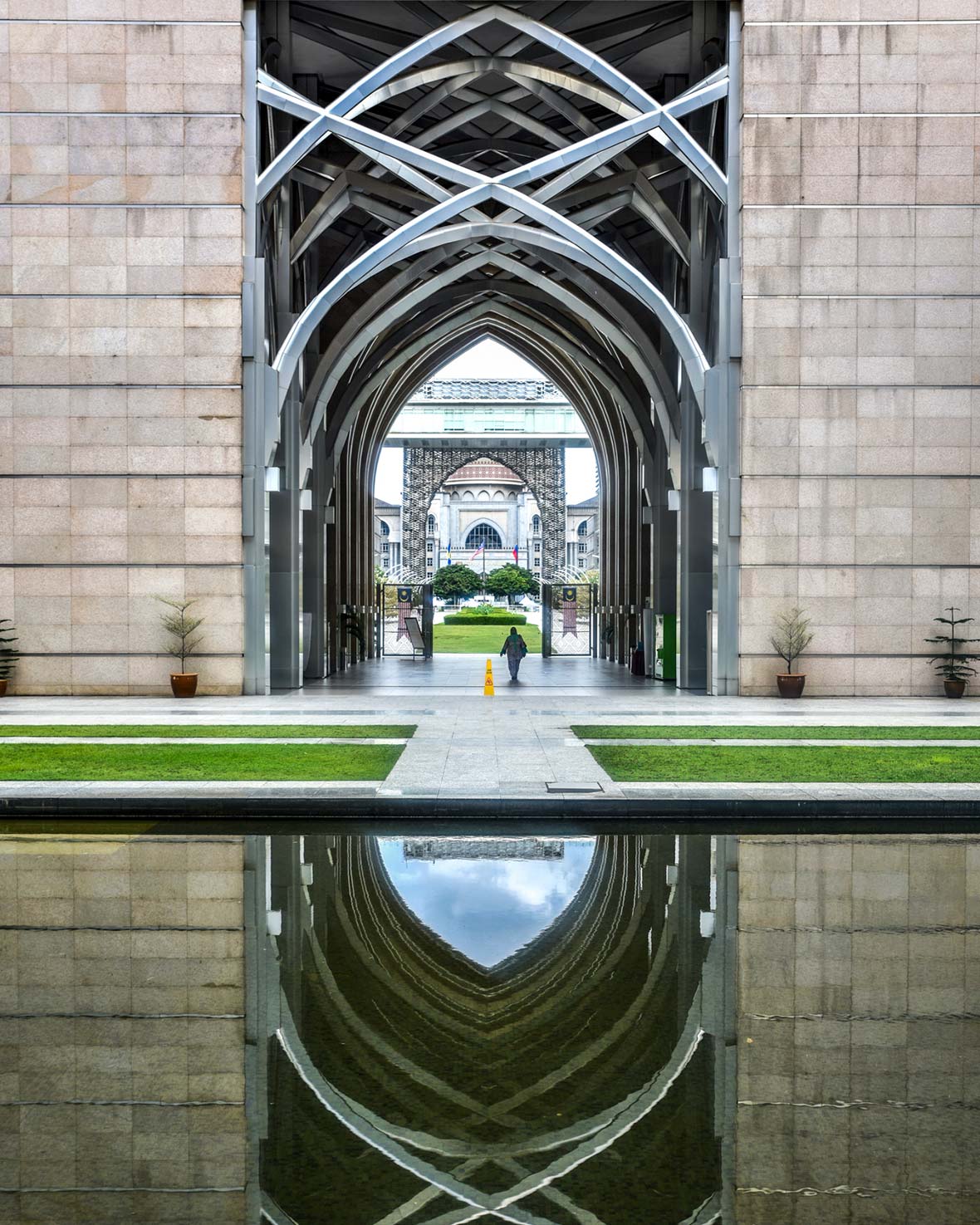
Despite being just a 40-minute drive south of downtown Kuala Lumpur, the modern city of Putrajaya is overlooked by tourists. Yet it has a cluster of Islamic buildings the equal of any in the nearby national capital. The most distinctive of all is Tuanku Mizan Zainal Abidin, also called the Iron Mosque.
This building joined my bucket list the moment I spied its gleaming roof during a scenic hot air balloon ride over the city. On my next trip to Malaysia, I ventured inside and was beguiled by its unique construction.
This colossal structure, which can host up to 20,000 worshippers, was built in 2009 almost entirely from shimmering steel. Decorating its metallic surfaces is etched Islamic calligraphy, decorative lattice walls and beautiful, Islamic window screens.
Putra Mosque (Putrajaya)
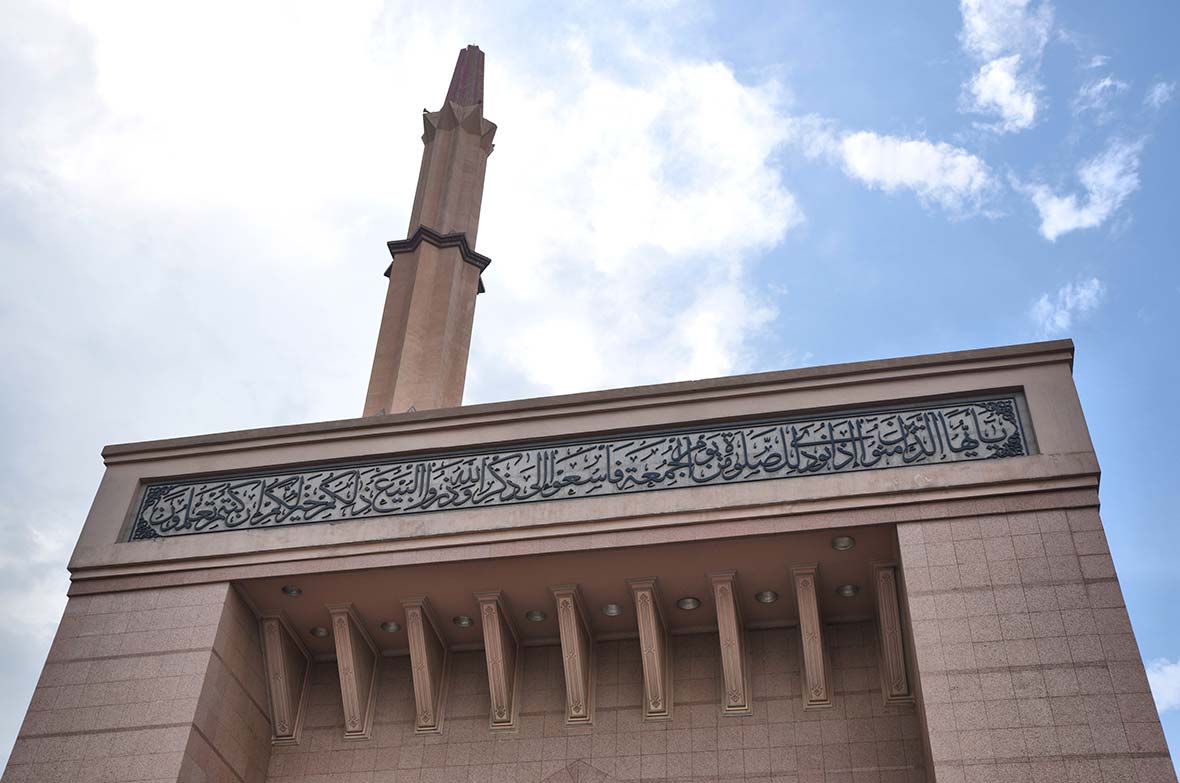
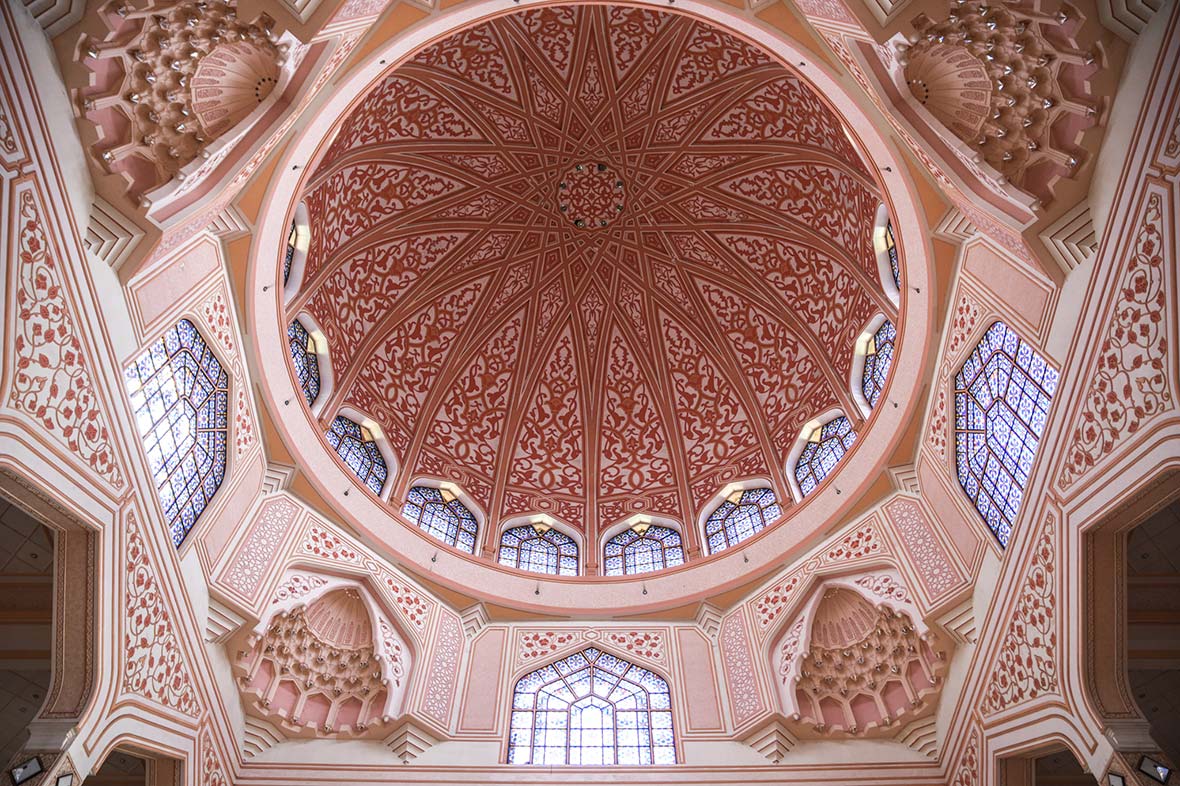
After being awed by the unmistakable Iron Mosque, I walked north along Putrajaya’s clean and serene waterfront towards another of this city’s landmarks. If that building astounds with its originality, Putra Mosque charms with its traditional beauty.
Although it was built only in 1999, it has a timeless appearance thanks to its Persian design, inspired by the wondrous mosques of the Safavid Dynasty, which ruled Iran from the 16th to 18th centuries. Putra Mosque earns its own identity, however, via its unique rose-hued granite construction. This colourful flourish, which looks most remarkable on its huge, 50m-tall dome, manages to outshine even the mosque’s towering, 100m tall minaret.
Kapitan Keling Mosque (Penang)
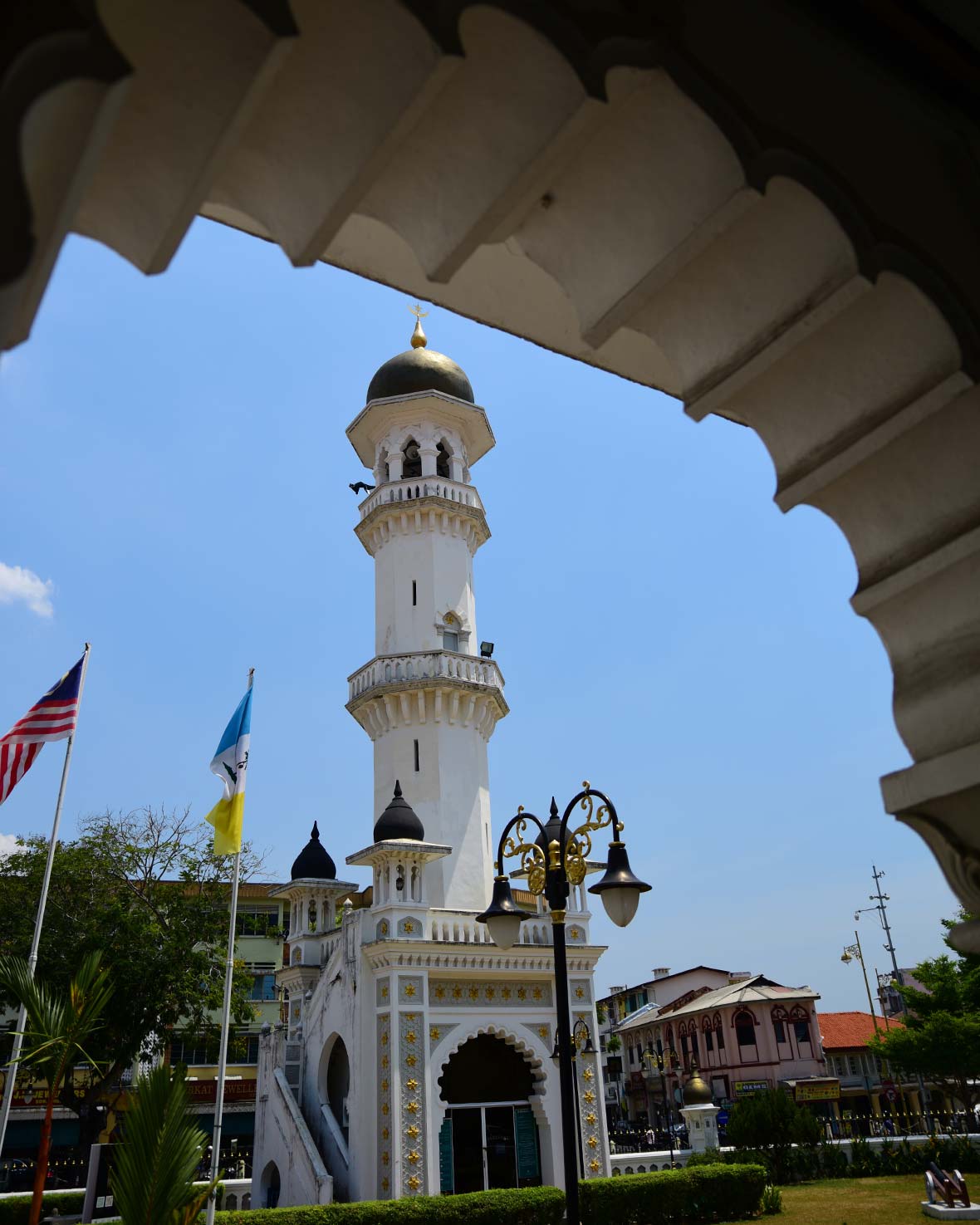
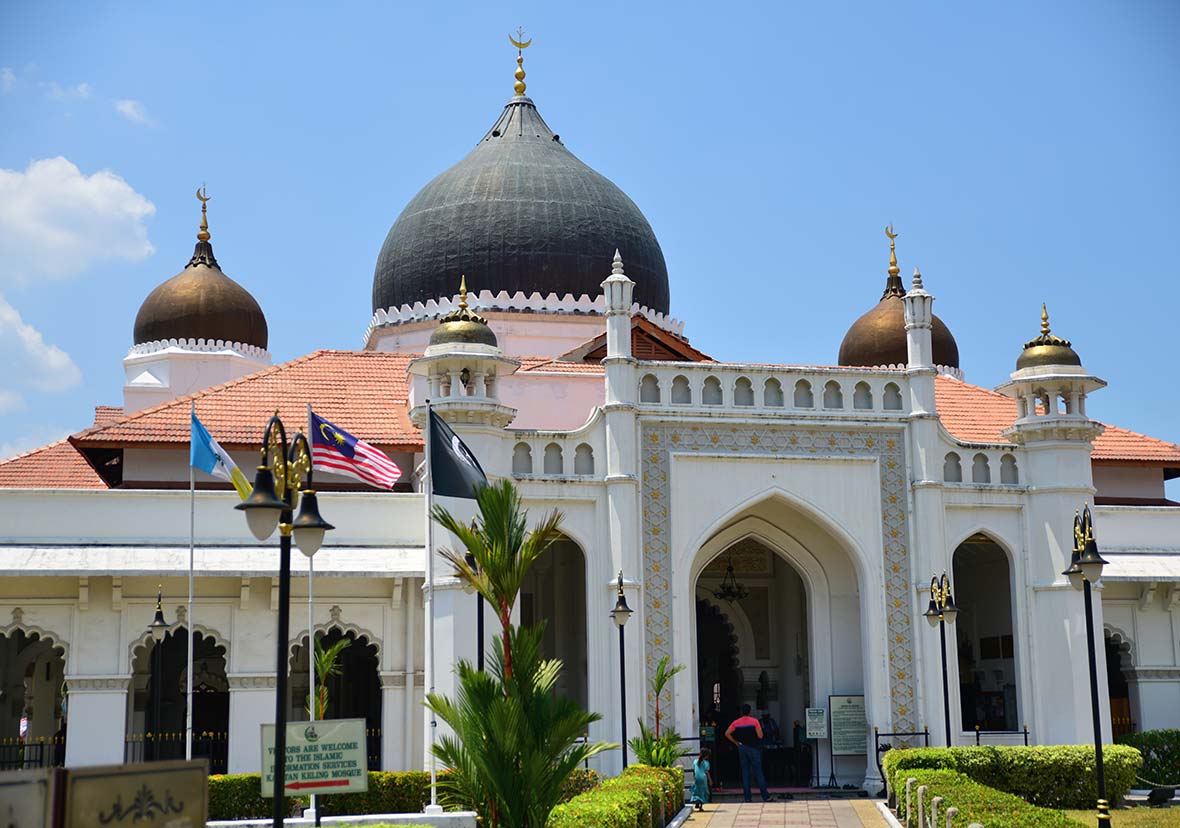
The UNESCO World Heritage site of Georgetown is dense with impressive architecture. Lining its historic streets are mansions and shophouses designed in Peranakan, Malay, Indian, Chinese, and Islamic styles. The capital of the Malaysian state of Penang, Georgetown’s oldest mosque is called Kapitan Keling.
Its whitewashed façade, terracotta roof, and grey-blue domes contrast against the green gardens that surround this well-maintained complex. Kapitan Keling was built in the early 1800s by Indian soldiers for the British East Indian Company, which had settled Penang.
That small mosque has since been expanded into a far grander structure, with Moorish and Gothic flourishes and a capacity of almost 1,000 worshippers. One of its main entrances is alongside the mosque’s sublime, standalone minaret, which is decorated by wonderful stonework.
